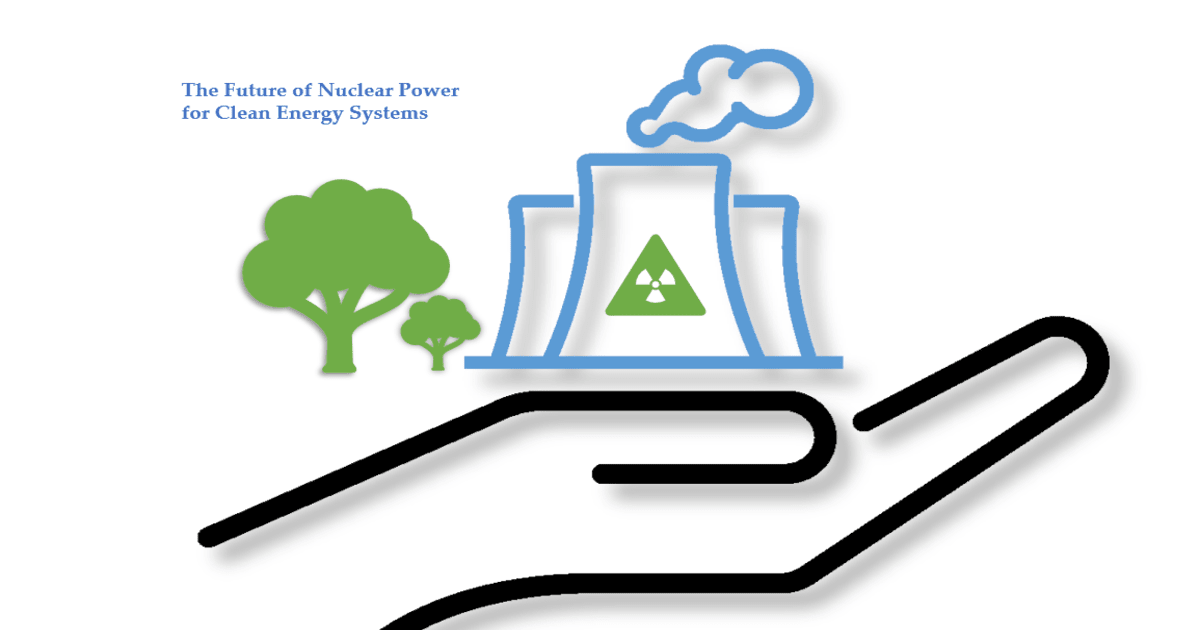- 3.2Impact Factor
- 7.3CiteScore
- 17 daysTime to First Decision
The Future of Nuclear Power for Clean Energy Systems
This special issue belongs to the section “B4: Nuclear Energy“.
Special Issue Information
Dear Colleagues,
Currently, many countries are developing nuclear energy as a result of rapidly changing global political and economic conditions. Research and development in this field focus on a number of aspects related to the operation of nuclear power plants in the power system, nuclear security and safety, new reactor technologies, the nuclear fuel cycle, and many others. These issues undoubtedly constitute a research topic for many scientific groups all over the world.
In connection with the above, we decided to establish a Special Issue for Energies entitled “The Future of Nuclear Power for Clean Energy Systems”. We invite all authors to publish scientific papers on nuclear energy and its future role in energy systems. This Special Issue will guarantee dissemination of innovative knowledge to a wide audience, thus facilitating the conduct and harmonization of nuclear energy research.
Dr. Mikołaj Oettingen
Dr. Paweł Gajda
Dr. Bartosz Ceran
Guest Editors
Manuscript Submission Information
Manuscripts should be submitted online at www.mdpi.com by registering and logging in to this website. Once you are registered, click here to go to the submission form. Manuscripts can be submitted until the deadline. All submissions that pass pre-check are peer-reviewed. Accepted papers will be published continuously in the journal (as soon as accepted) and will be listed together on the special issue website. Research articles, review articles as well as short communications are invited. For planned papers, a title and short abstract (about 250 words) can be sent to the Editorial Office for assessment.
Submitted manuscripts should not have been published previously, nor be under consideration for publication elsewhere (except conference proceedings papers). All manuscripts are thoroughly refereed through a single-blind peer-review process. A guide for authors and other relevant information for submission of manuscripts is available on the Instructions for Authors page. Energies is an international peer-reviewed open access semimonthly journal published by MDPI.
Please visit the Instructions for Authors page before submitting a manuscript. The Article Processing Charge (APC) for publication in this open access journal is 2600 CHF (Swiss Francs). Submitted papers should be well formatted and use good English. Authors may use MDPI's English editing service prior to publication or during author revisions.
Keywords
- nuclear energy
- nuclear reactor technology
- nuclear fuel cycle
- nuclear heat
- nuclear–renewable synergy
- nuclear safety
- power system
- smart grid
- renewable energy source
- sustainability
- hybrid energy systems
- hydrogen production
- decarbonisation
- climate change

Benefits of Publishing in a Special Issue
- Ease of navigation: Grouping papers by topic helps scholars navigate broad scope journals more efficiently.
- Greater discoverability: Special Issues support the reach and impact of scientific research. Articles in Special Issues are more discoverable and cited more frequently.
- Expansion of research network: Special Issues facilitate connections among authors, fostering scientific collaborations.
- External promotion: Articles in Special Issues are often promoted through the journal's social media, increasing their visibility.
- e-Book format: Special Issues with more than 10 articles can be published as dedicated e-books, ensuring wide and rapid dissemination.

